Chestnuts, with their sweet, nutty flavor and versatility in both sweet and savory dishes, are a beloved ingredient worldwide. However, their notoriously tough outer shells and inner skins can make preparation a daunting task. Whether you’re roasting them for a holiday feast, boiling them for soups, or grinding them into flour, mastering the art of peeling chestnuts is essential. This guide explores eight tried-and-tested methods to remove chestnut shells efficiently, ensuring you spend less time wrestling with stubborn peels and more time enjoying their culinary delights.
The Boiling Method
Ideal for: Softening shells for easy removal.
Tools Needed: A pot, slotted spoon, sharp knife, and cold water.
Steps:
- Score the Chestnuts: Use a sharp paring knife to cut an “X” or straight line on the flat side of each chestnut. This prevents them from exploding during cooking and allows steam to escape.
- Boil: Place the scored chestnuts in a pot of boiling water. Let them simmer for 3–5 minutes.
- Shock in Cold Water: Immediately transfer the chestnuts to a bowl of ice-cold water. This stops the cooking process and loosens the shells.
- Peel: Once cool enough to handle, start peeling from the scored cut. The inner skin (pellicle) should come off easily. If stubborn, use a small knife to gently pry it away.
Pro Tip: Boil larger batches and peel while still warm for the best results.
The Roasting Method
Ideal for: Enhancing flavor while removing shells.
Tools Needed: A baking tray, sharp knife, and kitchen towel.
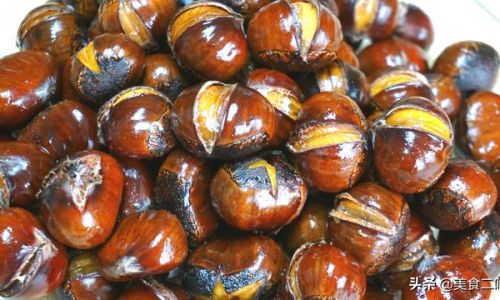
Steps:
- Preheat the Oven: Set your oven to 400°F (200°C).
- Score: Create an “X” on the flat side of each chestnut using a sharp knife.
- Roast: Arrange the chestnuts in a single layer on a baking tray. Roast for 15–20 minutes, shaking the tray occasionally.
- Wrap and Steam: Remove the tray and immediately wrap the chestnuts in a clean kitchen towel. Let them steam for 10–15 minutes.
- Peel: Unwrap and start peeling while the chestnuts are still warm. The shells should crack open, revealing the tender flesh inside.
Pro Tip: Roasted chestnuts are delicious on their own, but save some for peeling practice!
The Microwave Method
Ideal for: Quick, small-batch preparation.
Tools Needed: A microwave-safe plate, sharp knife, and kitchen towel.
Steps:
- Score: Cut a shallow “X” on the flat side of each chestnut.
- Microwave: Place the chestnuts on a microwave-safe plate and cook on high for 1–2 minutes.
- Rest: Let them sit for 1 minute to cool slightly.
- Peel: Using a kitchen towel to protect your hands, peel the shells while they’re still warm. The microwave’s heat loosens the shells and pellicle.
Pro Tip: Adjust cooking time based on your microwave’s wattage. Start with shorter intervals to avoid overcooking.
The Freezing Method
Ideal for: Preserving chestnuts while softening shells.
Tools Needed: A freezer-safe bag, sharp knife, and running water.
Steps:
- Score: Make a slit on the flat side of each chestnut.
- Freeze: Place the scored chestnuts in a freezer bag and freeze for at least 24 hours.
- Thaw: Remove the chestnuts and let them thaw at room temperature for 30 minutes.
- Peel: Rinse under cold water. The freezing process causes the shells to contract, making them easier to peel.
Pro Tip: Freeze chestnuts in batches for future use—they’ll peel like a dream after thawing.
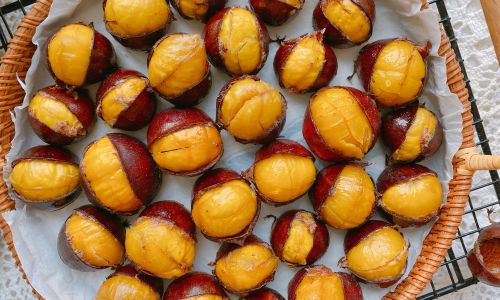
The Pressure Cooker Method
Ideal for: Large quantities with minimal effort.
Tools Needed: A pressure cooker, trivet, sharp knife, and tongs.
Steps:
- Score: Cut an “X” on the flat side of each chestnut.
- Add Water: Pour 1 cup of water into the pressure cooker and place a trivet inside.
- Steam: Arrange the chestnuts on the trivet. Close the lid and cook on high pressure for 3–4 minutes.
- Release Pressure: Use the quick-release method to depressurize.
- Peel: Carefully remove the chestnuts with tongs. Peel while they’re still hot, as the shells will harden once cooled.
Pro Tip: Pressure cooking retains moisture, making the shells and pellicle easier to remove.
The Soaking Method
Ideal for: Overnight preparation without heat.
Tools Needed: A bowl, sharp knife, and towel.
Steps:
- Score: Cut a slit on the flat side of each chestnut.
- Soak: Submerge the chestnuts in a bowl of warm water for 2–3 hours (or overnight).
- Drain and Dry: Pat the chestnuts dry with a towel.
- Peel: The soaked shells will be softer and easier to pry open. Use a knife if needed.
Pro Tip: This method works best with fresh chestnuts. Older ones may have dried-out shells that resist peeling.
The Grilling Method
Ideal for: Adding a smoky flavor while peeling.
Tools Needed: A grill, aluminum foil, sharp knife, and kitchen gloves.
Steps:
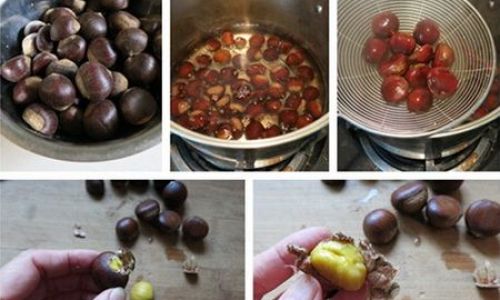
- Preheat the Grill: Set it to medium-high heat.
- Score: Cut an “X” on the flat side of each chestnut.
- Wrap: Place the chestnuts on a piece of aluminum foil and fold the edges to seal.
- Grill: Cook for 10–15 minutes, turning occasionally.
- Unwrap and Peel: Carefully open the foil (steam will escape!). Peel while the chestnuts are hot, using gloves to protect your hands.
Pro Tip: Grilled chestnuts pair wonderfully with charred vegetables or grilled meats.
The Blanching and Shocking Method
Ideal for: Combining heat and cold for maximum shell loosening.
Tools Needed: Two pots (one for boiling, one for ice water), slotted spoon, and sharp knife.
Steps:
- Score: Create an “X” on the flat side of each chestnut.
- Blanch: Boil the chestnuts for 2–3 minutes.
- Shock: Transfer them immediately to a bowl of ice water. Let them sit for 2 minutes.
- Peel: The sudden temperature change causes the shells to contract, making them easier to remove.
Pro Tip: This method is particularly effective for chestnuts that will be used in stuffing or purees.
Common Challenges and Solutions
- Stubborn Pellicle: If the inner skin clings to the flesh, soak the chestnuts in warm water for 10 minutes before peeling.
- Shattered Flesh: To avoid crushing the nut, peel while the chestnuts are warm but not scalding hot.
- Dried-Out Shells: Older chestnuts may require longer boiling or roasting times.
Storing Peeled Chestnuts
- Refrigerator: Store in an airtight container for up to 5 days.
- Freezer: Blanch peeled chestnuts for 2 minutes, then freeze for up to 6 months.
Culinary Uses for Peeled Chestnuts
- Roasted Chestnuts: A classic winter snack.
- Chestnut Soup: Puree with vegetables and cream for a velvety texture.
- Stuffing: Mix with breadcrumbs, herbs, and sausage.
- Desserts: Incorporate into cakes, mousses, or Mont Blanc pastries.
Conclusion
Peeling chestnuts need not be a frustrating ordeal. By mastering these eight methods—from boiling and roasting to microwaving and freezing—you can streamline your preparation process and unlock the full potential of this versatile nut. Whether you’re a home cook experimenting with seasonal recipes or a professional chef crafting gourmet dishes, these techniques will ensure your chestnuts are perfectly peeled every time. So grab your knife, fire up the oven, and let the shelling begin!
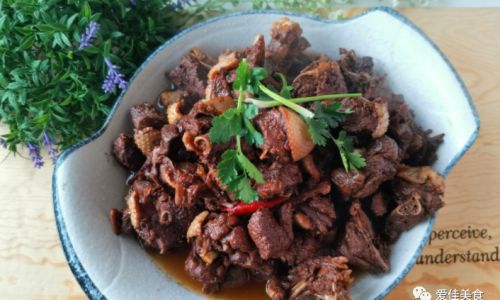
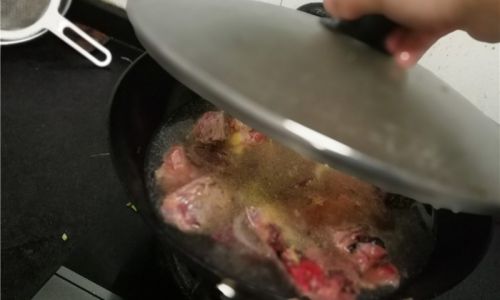
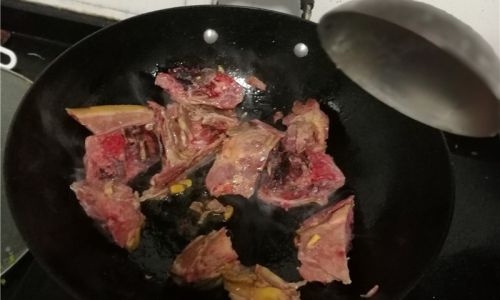
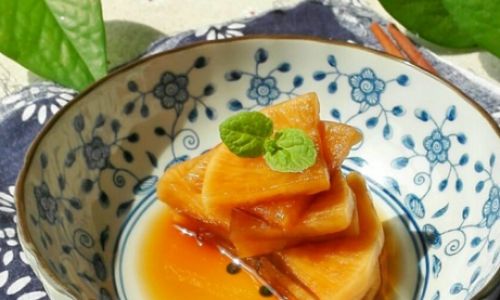
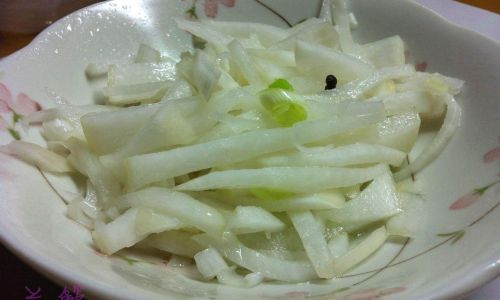
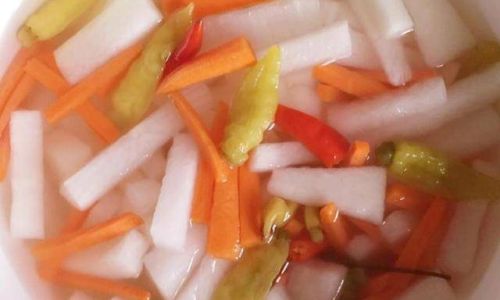
0 comments